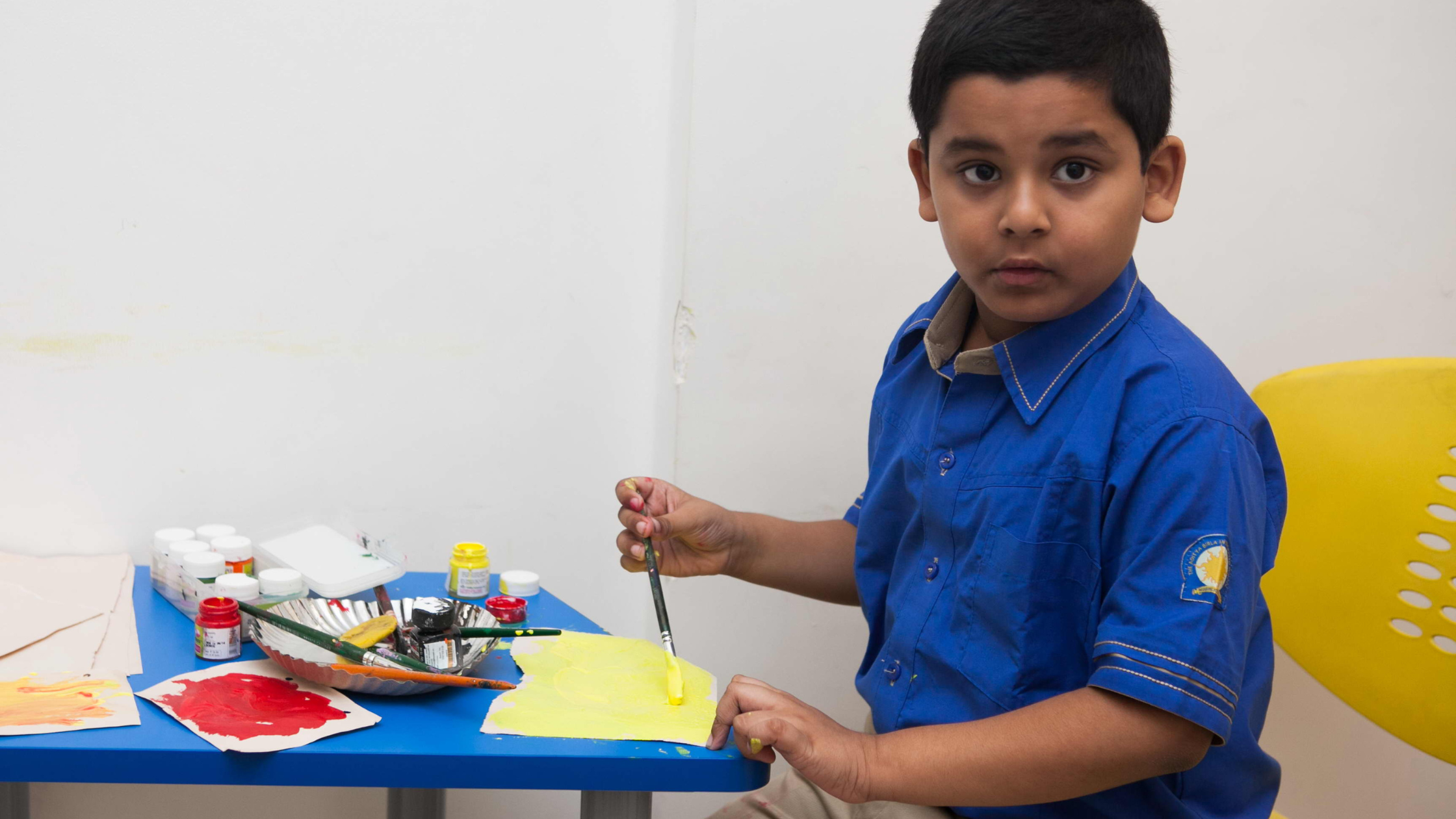

Sensory processing disorders (SPD) can significantly impact the
lives of children, particularly those in special education settings. SPD
affects how individuals perceive and respond to sensory stimuli, such as touch,
sound, taste, and smell. In special education classrooms, the students may have
diverse needs. It is therefore crucial to create an environment that caters to
those with sensory processing challenges. In this article, we will explore
strategies and approaches that special education
teachers can employ in their classrooms. These strategies will help to
effectively manage sensory processing disorders and provide a supportive
learning experience for their students.
Before diving into specific strategies, it's essential to have a
solid understanding of sensory processing disorders. SPD encompasses various
sensory-related challenges. They can be broadly categorized into three types:
Students with sensory over responsivity may be hypersensitive to
sensory input. They may become overwhelmed or anxious in response to everyday
stimuli like bright lights, background noise, or the texture of clothing.
In contrast, some students with SPD may exhibit sensory under
responsivity. They might not react to sensory input in the typical manner. They
showcase low arousal or low activity levels. For example, they may not notice
when someone touches them, even with firm pressure.
Sensory seeking students actively seek out sensory input and may
engage in repetitive behaviours like spinning, always on the go, or touching
objects or particular textures excessively.
- Customized Support: Develop individualized education plans (IEPs) for each student with SPD. These plans should
outline specific accommodations, goals, and strategies tailored to the
student's unique needs.
- Flexible Seating Arrangements: Provide seating options that
accommodate different sensory needs. This may include sensory-friendly chairs,
stability balls, or standing desks.
- Calming Corners: Create designated sensory-friendly spaces within
the classroom where students can retreat when feeling overwhelmed. Equip these
areas with sensory tools like weighted blankets, noise-cancelling headphones,
gym balls and sensory toys.
- Visual Schedules: Implement
visual schedules that help students anticipate and prepare for daily activities
and transitions.
- Visual Instructions: Use
visual cues or written instructions in conjunction with verbal communication to
enhance understanding.
- Scheduled Breaks: Integrate regular sensory breaks into the daily
schedule to allow students to reset and self-regulate.
- Movement Breaks: Incorporate short movement breaks that involve
activities like stretching, yoga, or simple exercises to help students release
excess energy.
- Noise-Canceling Devices:
Provide noise-cancelling headphones or earplugs for students who are sensitive
to auditory stimuli.
- Quiet Zones: Designate quiet areas within the classroom for tasks
that require concentration, and use acoustic panels or curtains to reduce
noise.
- Occupational Therapy Collaboration: Work closely with
occupational therapists to develop and implement sensory integration activities
customized for individual students.
- Personalized Plans: Collaborate
with occupational therapists to create sensory diets tailored to each student's
needs. These plans incorporate sensory activities throughout the day to help
regulate sensory input.
- Sensory Bins: Utilize sensory bins with various textures, such as
sand, rice, or dough, to promote tactile exploration. Textured mats or textured
walls can also be a good addition to special education classrooms.
- Reward Systems: Implement positive reinforcement strategies to
motivate and reward students for their efforts and achievements, no matter how
small.
- Choice Boards: Allow
students to make choices about assignments or activities to provide them with a
sense of control and autonomy.
- Peer Education: Foster an
inclusive classroom environment by educating peers about sensory processing
disorders. Encourage empathy and understanding among students.
- Parent-Teacher Collaboration:
Maintain open and regular communication with parents to gain insights into each student's sensory
preferences, triggers, and progress.
- Workshops and Resources: Organize
workshops or provide resources for parents to better understand SPD and learn
how to support their children's sensory needs at home.
- Consultation with Experts: Seek guidance from specialists in the
field of sensory processing disorders. Collaborate with speech therapists,
behavioural therapists, and other professionals as needed to develop and
implement effective strategies.
- Regular Assessment: Continuously
monitor the effectiveness of strategies and make adjustments as needed based on
each student's progress and changing needs.
- Teacher Training: Invest in professional development
opportunities for special education teachers to deepen their knowledge and
expertise in managing sensory processing disorders effectively.
- Consistent Schedules:
Maintain structured daily routines and schedules to provide predictability,
which can help reduce anxiety for students with SPD.
- Transition Warnings: Use
visual or auditory cues to signal upcoming transitions to help students prepare
mentally.
- Emergency Protocols: Develop clear crisis management plans to
address severe sensory-related meltdowns or emergencies safely.
- Buddy System: Implement a
peer support program where neurotypical students
can partner with students with SPD to offer assistance and companionship.
Effectively managing sensory processing disorders in special
education classrooms requires a multi-faceted approach. It needs to acknowledge
the diverse sensory needs of students. By implementing individualized
strategies, creating sensory-friendly environments, fostering open
communication, and collaborating with specialists, special education teachers
can provide the necessary support for their students to succeed academically
and emotionally. It is essential to recognize that each student is unique, and what
works for one may not work for another. Therefore, a patient, adaptable, and
holistic approach is the key to success in helping students with sensory
processing disorders thrive in their educational journey. With the right
strategies and unwavering dedication, special education teachers can make a
profound difference in the lives of their students with SPD, empowering them to
reach their full potential.